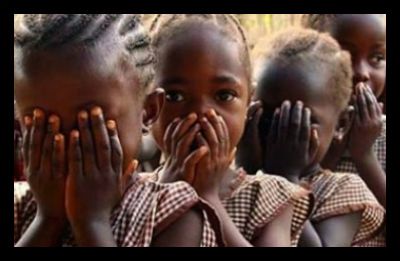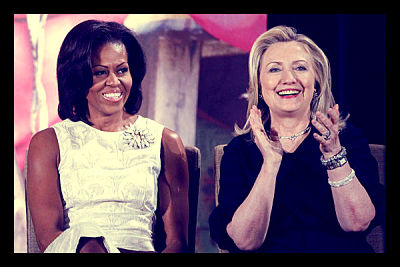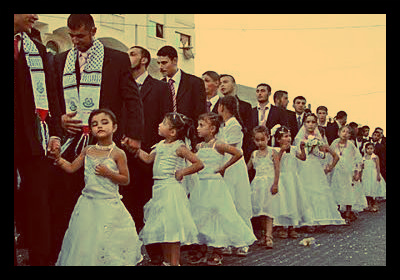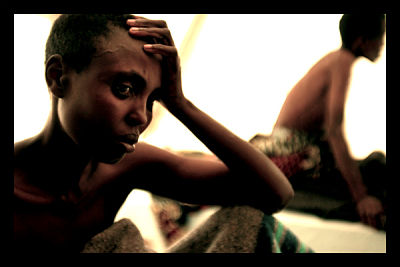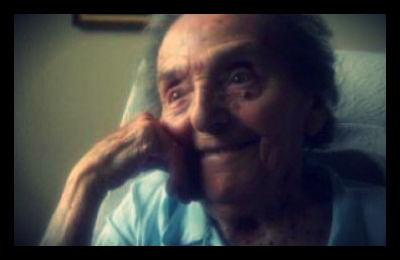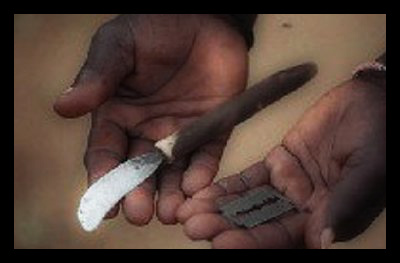
So far in 2014, three cases of Avian Influenza H5N1 have been confirmed in Cambodia; it appears malnutrition can play a key role in children’s contracting it.
Malnutrition severely impacts a child’s immune system–the healthier a baby is, the healthier they will continue to be their entire lives. Without certain vitamins, children are prone to develop iron deficiencies (from a lack of Vitamin A,) stunted growth, learning disabilities, anemia and an increased probability of getting sick.
Approximately 40 % of children are malnourished in Cambodia. The risk of malnutrition in Cambodia is particularly high in children under the age of five and in pregnant women.
In Cambodia, young children are contracting the Avian Influenza partially because of their exposure to domestic poultry. Children are commonly responsible for caring for, feeding, retrieving eggs, and cleaning the pens of domestic chickens and ducks. A weak immune system is an immune system with a higher risk of infection.
Since 18% of the population lives under the poverty line, raising livestock and domestic animals is necessary as a source of income.
For children who may come in contact with sick or dead poultry, having a weak immune system poses a severe threat. Although H5N1 does not commonly infect humans, when it does infect, it has a 60% likelihood of death. The disease can cause respiratory failure, seizures, diarrhea and high fever.
Malnutrition in Cambodia has created a desperate scramble for food. In some cases, people are eating dead birds that they know may be potentially hazardous to their health. This was the case for Leng Lal, whose 10 chickens died suddenly in January. After the chickens died, Lal cooked them because he believed throwing them away would be a waste.
“We needed to eat,” Lal stated, “…so when they died I decided to cook them for food.”
Deputy governor of the Snoul district Men Venna explained that impoverished families tend to eat poultry that have died because they have invested a lot of money and time in raising their livestock. Often finding meals take priority over health risks, and that is just what happened for Lal, who had been aware of the H5N1 warnings.
Lal’s son and daughter began showing symptoms of H5N1 a week after eating the dead poultry and died shortly after being hospitalized at Kompong Cham Provincial Referral hospital.
Venna stated that public health campaigns extend only so far when malnutrition in Cambodia is so prominent.
– Becka Felcon
Sources: World Food Programme, UN Cambodia, Cambodia Daily, Results.org, Flu.gov
Photo: Global Giving

